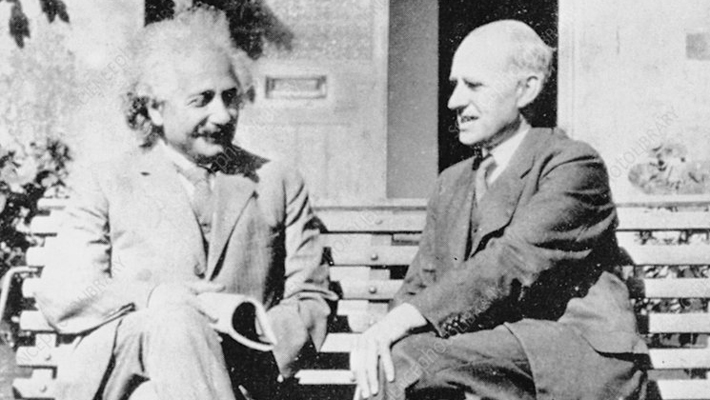Astronomers celebrate the 100th anniversary of the 1919 solar eclipse expedition
The CTC's own John Barrow and Ulrich Sperhake took part in a multinational conference in May, organised by the Portuguese Society for Relativity and Gravita-tion, to mark the 100th anniversary of the Cambridge astronomer Arthur Eddington providing one of the earliest confirmation of Einstein's theory of general relativity:
https://science.esundy.tecnico.ulisboa.pt/en/
The event was organised by the Portuguese Society for Relativity and Gravitation and took place on the island of Príncipe, off the west coast of Africa, where Eddington carried out his observations.
General relativity describes how gravity can be understood as the result of matter curving spacetime, and it predicts that as light travels through this curved spacetime it will be deflected. The sun, being a massive object in space, should bend spacetime around it, making the positions of stars close to the sun appear to shift – but this could only be seen during a total eclipse. The total solar eclipse of 1919 provided an excellent opportunity to test the theory.
Eddington and his colleagues took measurements in which the stars appeared to shift by exactly the amount predicted by Einstein’s theory. The result made headlines around the world and shot Einstein to international fame. Einstein’s own response to the announcement was to buy himself a congratulatory violin.
“His equations allowed cosmology to become a science,” Professor Barrow explains. “Before him, cosmology was like a branch of art history. You could imagine any type, shape or form of universe you liked.”
But Einstein’s equations, he added, “are more sophisticated than any others in science. They describe whole universes. Every solution of Einstein’s equations describes an entire possible universe that is consistent with the laws of physics.” Since 1916, Professor Barrow noted, Einstein’s equations — matched to astronomical observations — have revealed static universes, expanding universes, accelerating universes, and universes that are rotating, oscillating, cyclic, distorted, irregular, chaotic, inflationary, and eternal.
“Until the fairly recent year 2005, however, we could not calculate how exactly two black holes would coalesce and thereby emit a strong burst of gravitational radiation,” says Ulrich Sperhake. “Thanks to new numerical methods and fast improving supercomputers, we can now simulate these black-hole binary mergers and found the theoretical predictions matched by LIGO’s Nobel Prize winning detection of the black-hole system GW150914. A century on from the solar eclipse expedition, Einstein’s theory is going strong as ever and finds confirmation in experiment and observation.”
Einstein’s theory is still an active subject of scientific research. Among its predictions was the existence of gravitational waves. When these were finally detected in September 2015 it was a groundbreaking discovery for physics and astronomy.
The CTC is an active participant in the study of gravitational waves, and this September will host a summer school to introduce junior scientists to the great scientific endeavour.

Albert Einstein and Arthur Eddington photographed at the University of Cambridge Observatory in 1930. (Credit: Royal Astronomical Society/Science Photo Library)
